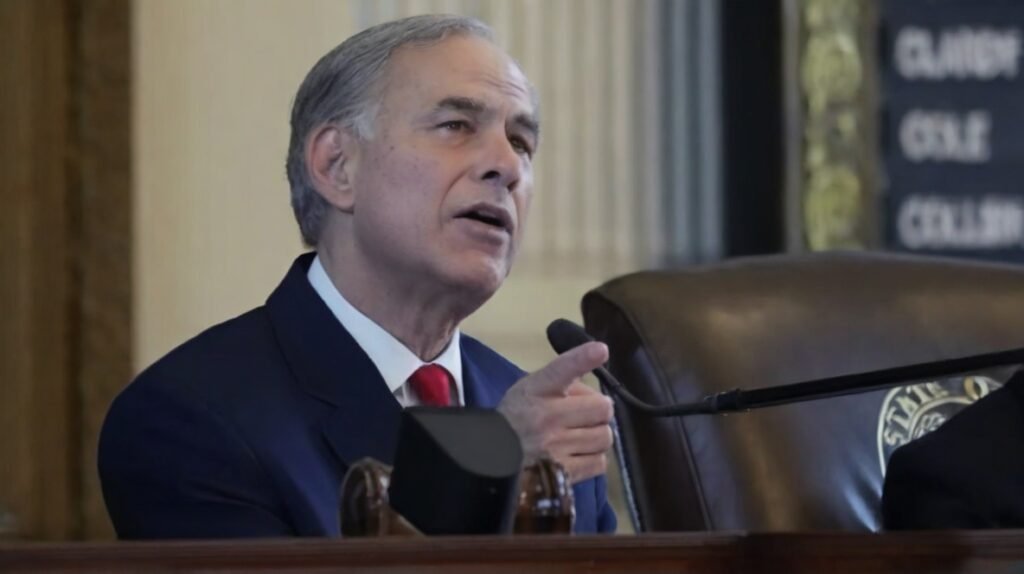Every February 2nd, all eyes turn to Gobbler’s Knob in Punxsutawney, Pennsylvania, for the annual Groundhog Day tradition. This year is no different, as the nation awaits the prognostication of the most famous weather-predicting groundhog – Punxsutawney Phil. Will he see his shadow, signifying six more weeks of winter, or will he emerge shadowless, ushering in an early spring? Let’s delve into the history, festivities, and scientific legitimacy of this beloved (and quirky) tradition.
A Tradition Rooted in Folklore
Groundhog Day’s origins trace back to European folklore, specifically Candlemas, a Christian holiday marking the halfway point between the winter solstice and spring equinox. In German tradition, a badger was believed to predict the arrival of spring based on whether it saw its shadow on this day. When German immigrants settled in Pennsylvania, the tradition evolved, with the groundhog taking the badger’s place due to its similar hibernation habits.
Did you know? Punxsutawney Phil himself claims to have lived since 1886, thanks to a magical “elixir of life” administered by the Punxsutawney Groundhog Club. While charming, it’s safe to say Phil has had many successors over the years!
The Spectacle of Groundhog Day
The festivities in Punxsutawney are a sight to behold. Thousands gather at Gobbler’s Knob before dawn, bundled up against the February chill, eagerly awaiting Phil’s emergence. Members of the Punxsutawney Groundhog Club, known as the “Inner Circle,” officially announce Phil’s prediction after he’s examined for signs of shadow-spotting. The event is often filled with music, cheer, and a touch of lightheartedness, adding to the tradition’s charm.
Fun Fact: Punxsutawney Phil isn’t the only weather-predicting groundhog. Other notable furry forecasters include Staten Island Chuck, Wiarton Willie, and Manitoba Buck, each with their own dedicated ceremonies and local followings.
Shadow or No Shadow: Does it Matter?
While Groundhog Day holds cultural significance and sparks good-natured fun, its accuracy as a weather predictor is debatable. Studies haven’t shown a consistent correlation between Phil’s shadow and actual spring arrival. However, that doesn’t diminish the tradition’s popularity. After all, a little dose of folklore and lighthearted anticipation can brighten even the coldest February day.
Beyond the Shadow: Regardless of Phil’s prediction, February is climatologically the heart of winter in the Northern Hemisphere. Warmer days and longer daylight hours signal the gradual shift towards spring, but occasional wintery blasts are still to be expected. So, it’s wise to keep your winter coat handy, even if Phil promises an early spring.
The Verdict: Watch and Wait!
The answer to whether Punxsutawney Phil will see his shadow on February 2nd, 2024, remains a mystery until the big day arrives. Tune in to the live broadcast or follow media coverage to witness the excitement firsthand. Remember, whether we get six more weeks of winter or an early spring, Groundhog Day serves as a reminder that warmer days are always on the horizon.
Additional resources:
- Official Punxsutawney Groundhog Club website: https://www.groundhog.org
- National Oceanic and Atmospheric Administration (NOAA) Climate Prediction Center: https://www.cpc.ncep.noaa.gov/
So, bundle up, enjoy the festivities, and prepare for Punxsutawney Phil’s big reveal! And remember, regardless of the shadow or no shadow prediction, spring is always guaranteed to arrive eventually.


